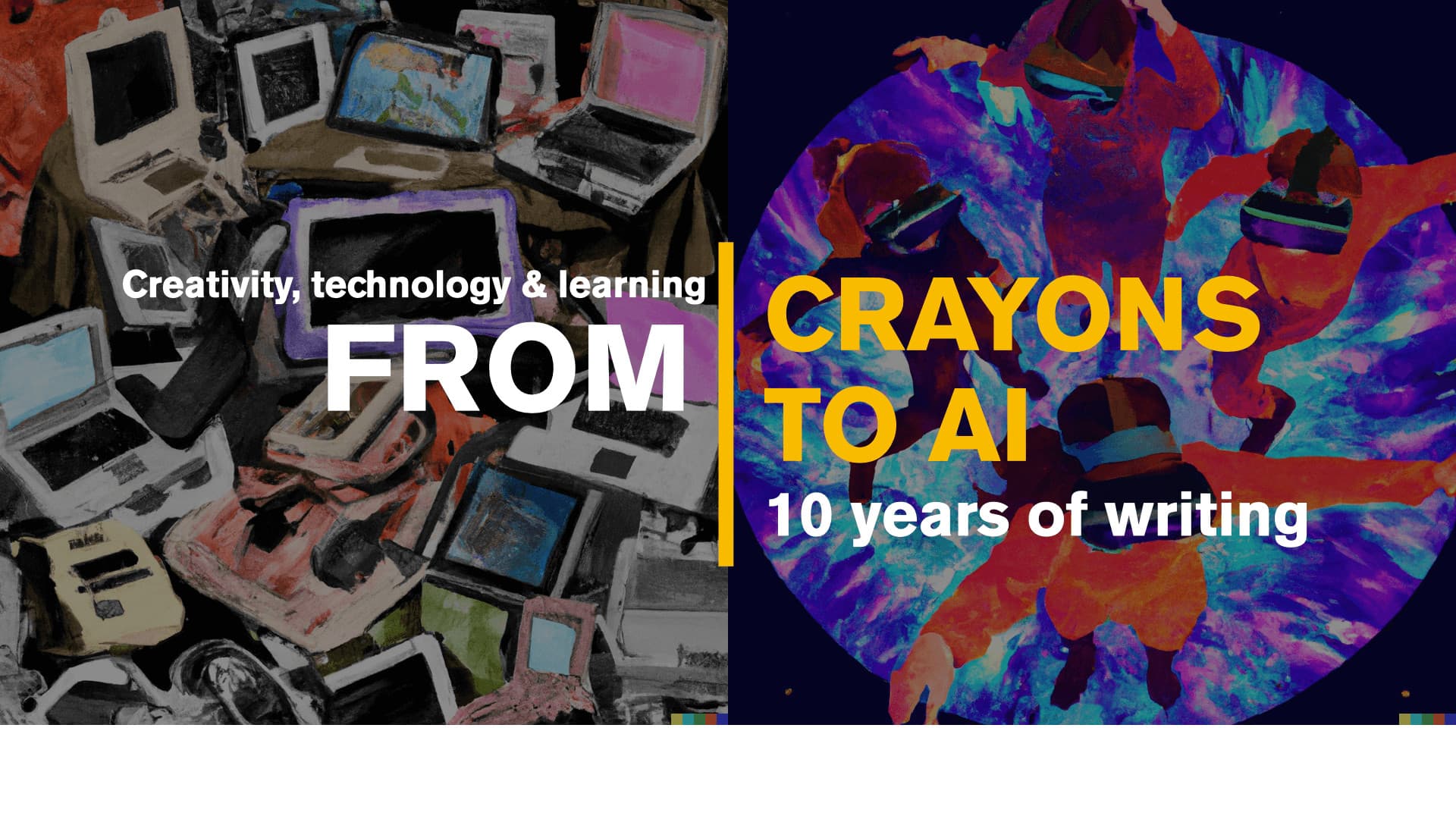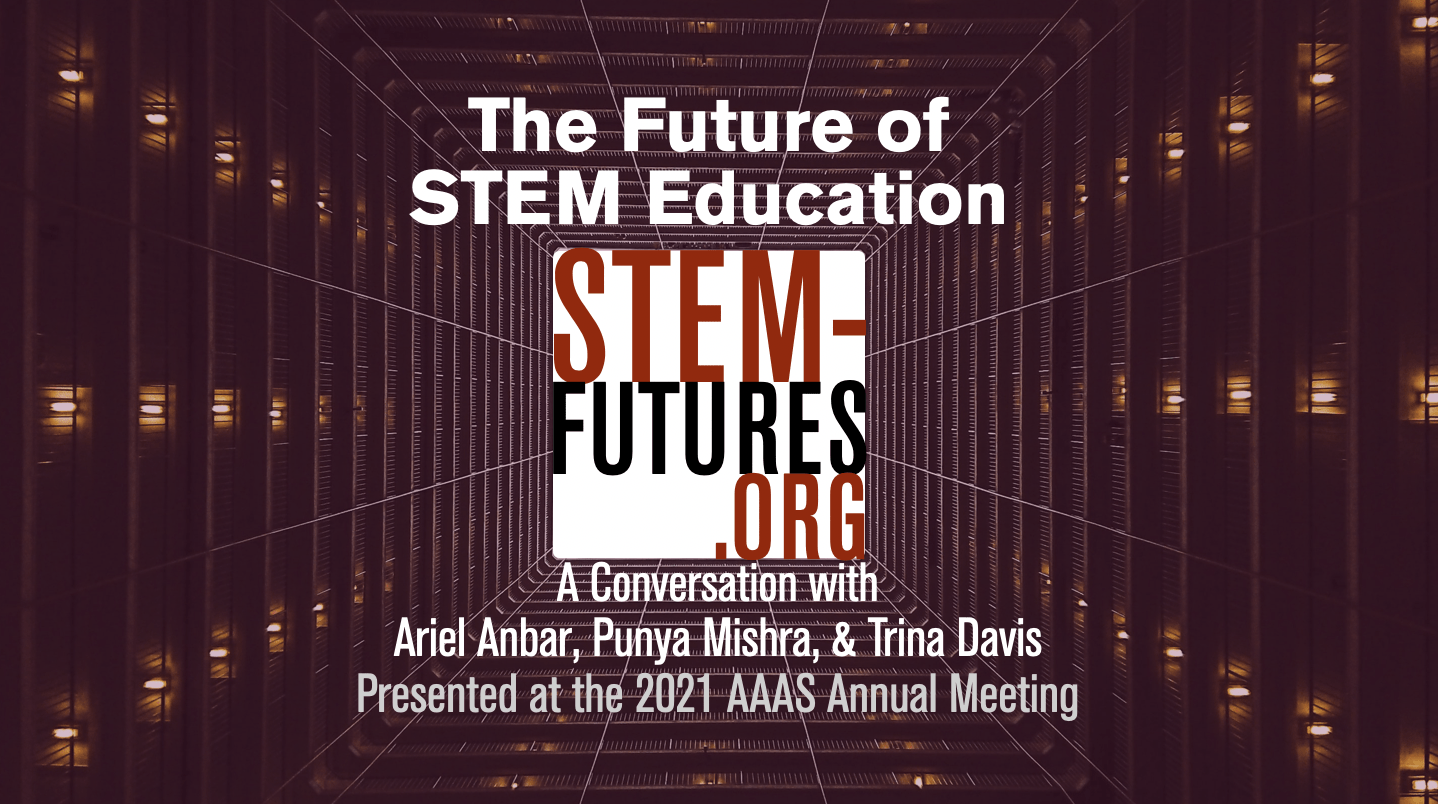Ten years ago, we, The Deep Play Research Group, were invited to write a regular series of articles for this journal exploring the relationship between technology, creativity and learning. To celebrate this anniversary, we decided to write two summary/ synthesis articles, looking across these 56 pieces that we have published so far. In the first synthesis article, published in the last issue, we took a somewhat personal stance, having current members of the group describe a few of their favorite conversations with creativity researchers who we have interviewed for the series. We used these descriptions to point to both the diversity of ideas we have explored over the years and also to locate deeper themes and ideas that hold this series together. In this, the second of our ten-year celebratory pieces, we take a somewhat different approach, that of looking back on this series, to identify lessons learned, possible opportunities missed, and use that knowledge to look ahead to the future of the series. Complete citation given below:
Mishra, P., Henriksen, D. & Richardson, C. (2023). From crayons to AI: Widening the lens on educational technology. TechTrends, https://doi.org/10.1007/s11528-023-00839-9
As we look ahead to the continuation of this series, we are proud of what we have achieved in the past decade. In this article we have aimed to capture a set of key ideas and themes, with thought-pieces, explorations, and conversations with some of the greatest scholars and thinkers in this area. That said—this is still not enough. We must recognize that there are broader and deeper trends that impact education, beyond the classroom and existing educational systems. Moving forward, this series must keep a dual focus. It is critical to recognize that the only constant is change, and it can be difficult to understand and assess the most pervasive and systemic effects of the tools we have in hand today. The impact of some of these technologies may not be directly within the classroom but happen to society broadly, and thus will indirectly but still powerfully affect education. The issues we discuss in this series will continue to evolve and our goal is to maintain a sense of perspective about the effects (both positive and negative). When it comes to future-thinking, the goal should always be to imagine broadly, to cast a wider net and expand our lenses, to try to stick our necks out a bit more—thinking more expansively, and critically, about the culture, values and sociology of technology, creativity and learning. In it in this way, that this series, and the work that we do as educators and researchers will continue to be relevant ten years into the future.





0 Comments